Wilderness Cottonwood Forest
Rate this placeLast Updated: December 25, 2025
The Wilderness Cottonwood Forest, located in the state of Utah, offers a unique and captivating natural experience that attracts visitors from far and wide.
°F
°F
mph
Wind
%
Humidity
Summary
Here are some key points to consider when planning a trip to this area:
1. Reasons to Visit:
- Pristine Natural Beauty: The Wilderness Cottonwood Forest boasts breathtaking landscapes, including lush cottonwood trees, vibrant wildflowers, and picturesque views of the surrounding mountains.
- Wildlife Watching: The area is a haven for various wildlife species, such as mule deer, elk, moose, and a variety of bird species. It provides opportunities for birdwatching, wildlife photography, and observing their natural behaviors.
- Outdoor Recreation: Visitors can indulge in a range of outdoor activities such as hiking, backpacking, camping, fishing, and horseback riding, making it an ideal destination for adventure seekers and nature enthusiasts alike.
2. Points of Interest:
- Cottonwood Canyon Scenic Drive: This scenic drive offers awe-inspiring vistas throughout the forest, allowing visitors to immerse themselves in the area's natural beauty.
- Fremont Indian Petroglyphs: The Wilderness Cottonwood Forest is home to ancient rock art left by the Fremont Indians, providing a glimpse into the region's rich history and culture.
- Cottonwood Narrows: This unique geological feature is a narrow slot canyon that offers an adventurous and visually stunning hiking experience.
3. Interesting Facts:
- The Wilderness Cottonwood Forest encompasses a vast area of pristine protected land, ensuring the preservation of its unique ecosystems.
- The forest is part of the larger Grand Staircase-Escalante National Monument, a designated national monument that protects a significant portion of Utah's natural wonders.
- The cottonwood trees in the area are known for their vibrant golden leaves during the fall season, creating a stunning landscape of colors.
4. Best Time to Visit:
- Spring (April to June): During this time, the forest comes alive with blooming wildflowers, milder temperatures, and smaller crowds.
- Fall (September to November): The cottonwood trees change their color, painting the forest in vivid hues of red, orange, and gold, making it an ideal time for photography enthusiasts.
- However, it's important to note that weather conditions and specific seasonal changes may vary, so checking the most up-to-date information before planning a visit is recommended.
Remember to verify the accuracy of this information by cross-referencing multiple independent sources, such as official park websites, travel guides, and local tourism bureaus, as conditions may change over time.
Weather Forecast
Park & Land Designation Reference
Large protected natural areas managed by the federal government to preserve significant landscapes, ecosystems, and cultural resources; recreation is allowed but conservation is the priority.
State Park
Public natural or recreational areas managed by a state government, typically smaller than national parks and focused on regional natural features, recreation, and education.
Local Park
Community-level parks managed by cities or counties, emphasizing recreation, playgrounds, sports, and green space close to populated areas.
Wilderness Area
The highest level of land protection in the U.S.; designated areas where nature is left essentially untouched, with no roads, structures, or motorized access permitted.
National Recreation Area
Areas set aside primarily for outdoor recreation (boating, hiking, fishing), often around reservoirs, rivers, or scenic landscapes; may allow more development.
National Conservation Area (BLM)
BLM-managed areas with special ecological, cultural, or scientific value; more protection than typical BLM land but less strict than Wilderness Areas.
State Forest
State-managed forests focused on habitat, watershed, recreation, and sustainable timber harvest.
National Forest
Federally managed lands focused on multiple use—recreation, wildlife habitat, watershed protection, and resource extraction (like timber)—unlike the stricter protections of national parks.
Wilderness
A protected area set aside to conserve specific resources—such as wildlife, habitats, or scientific features—with regulations varying widely depending on the managing agency and purpose.
Bureau of Land Management (BLM) Land
Vast federal lands managed for mixed use—recreation, grazing, mining, conservation—with fewer restrictions than national parks or forests.
Related References
Area Campgrounds
| Location | Reservations | Toilets |
|---|---|---|
 Red Cliffs Campground
Red Cliffs Campground
|
||
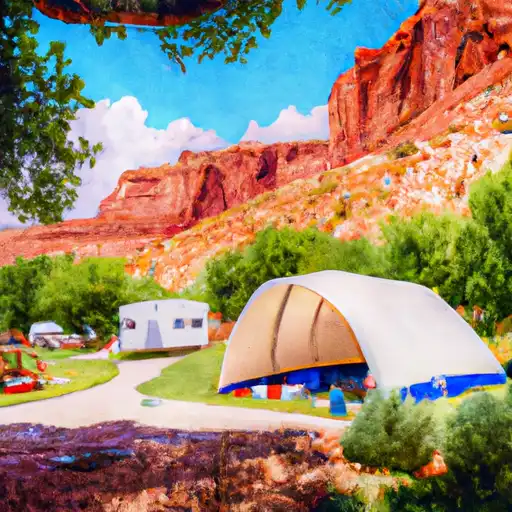 Red Cliffs
Red Cliffs
|
||
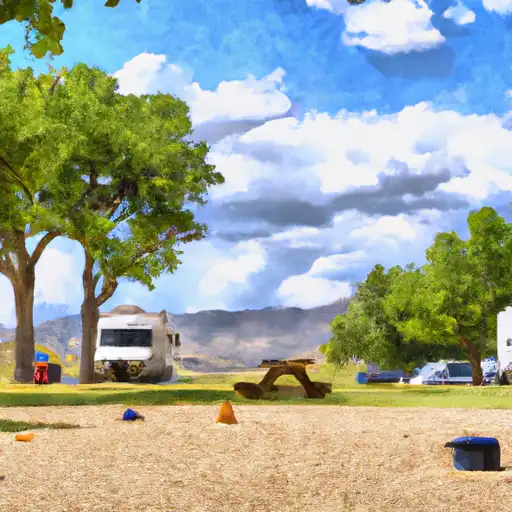 Quail Creek State Park
Quail Creek State Park
|
||
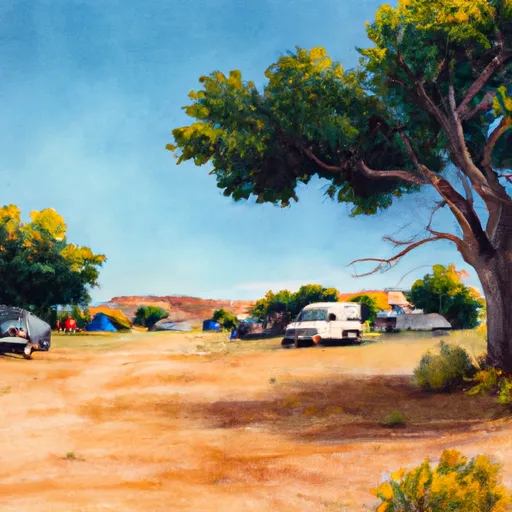 Oak Grove Road Campsite
Oak Grove Road Campsite
|
||
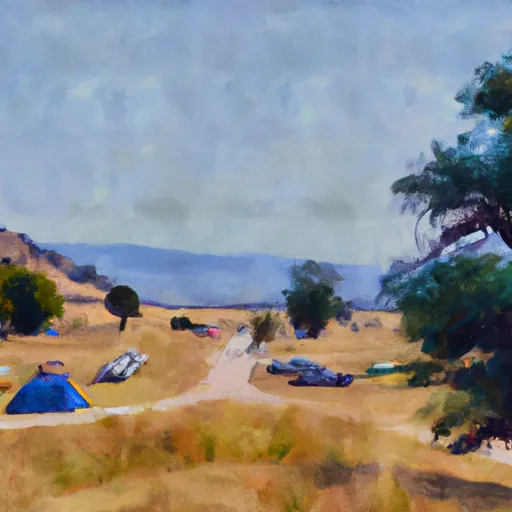 Washington County Regional Park
Washington County Regional Park
|
||
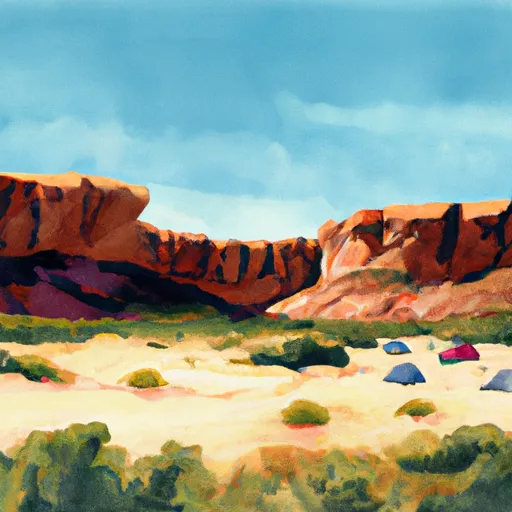 Sand Cove Primitive Camping Area
Sand Cove Primitive Camping Area
|

 Dixie National Forest
Dixie National Forest
 Quail Creek State Park
Quail Creek State Park
 Wilderness Pine Valley Mountain
Wilderness Pine Valley Mountain
 Washington City Athletic Fields Park
Washington City Athletic Fields Park
 Willard O Nisson Memorial Park
Willard O Nisson Memorial Park